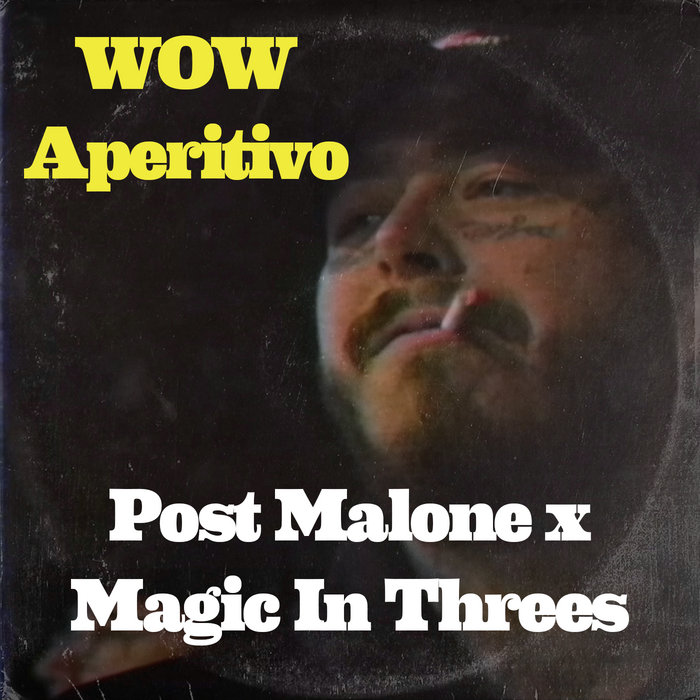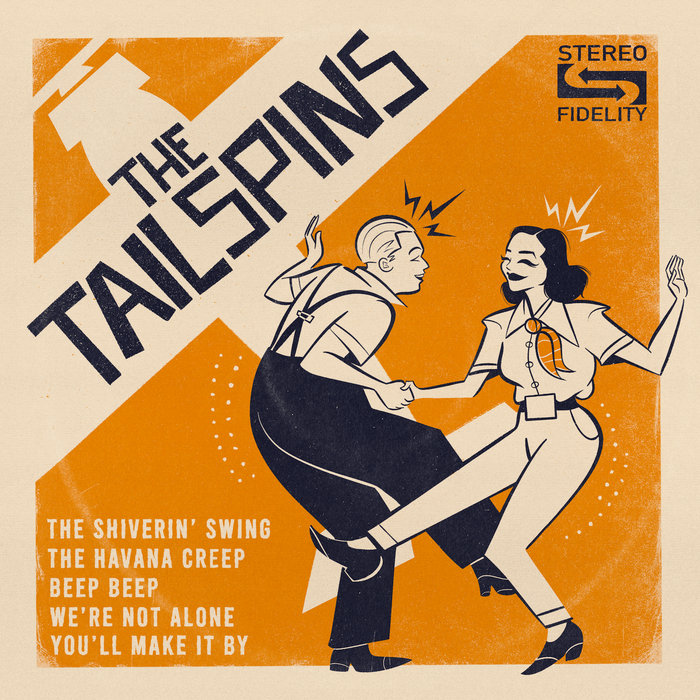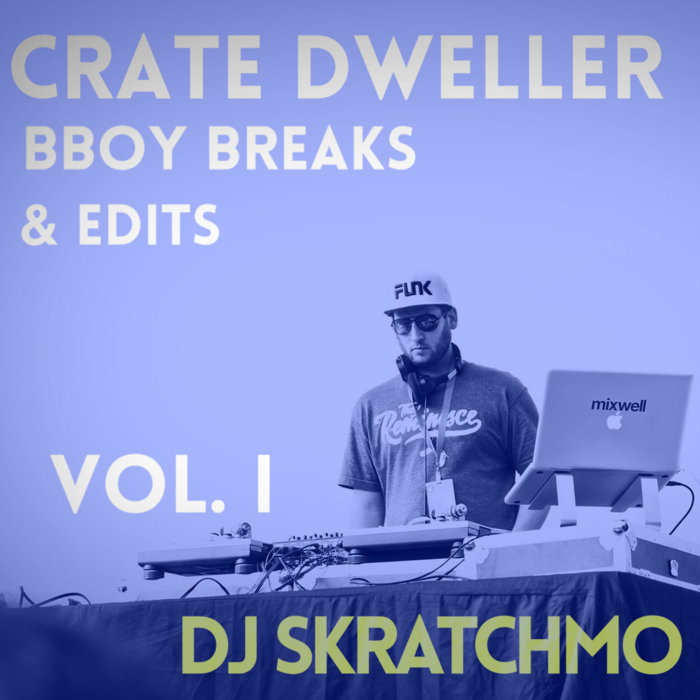
Post Malone x Magic In Threes – Wow Aperitivo – DJ SkratchMo
this blog is GROOVY – check out great Soul, Funk, Jazz, Hip Hop, Bass, Breaks , Reggae, House n many more TUNES
Salt Lake City—nestled in the shadow of the majestic Wasatch Mountains—is not just known for its stunning landscapes and intricate history; it’s also a vibrant hub for music. Over the years, this Utah gem has churned out an eclectic mix of musical sounds that charm, perplex, and groove to their own beat. Let’s take a dive into SLC’s musical history!
Let’s crank up our time machines to the early 1900s when Salt Lake City started weaving itself into the American music tapestry. Back then, folk tunes flowed like soda at a cookout from settlers and miners alike. Music was often a communal experience! Picture this: men gathered around campfires strumming guitars while women harmonized sweetly, creating what we now refer to as “roots music.”
Fast forward to the 1920s—the Jazz Age! This is where Salt Lake’s jazz scene began gaining serious steam. Local juke joints featured rad bands playing everything from swing to blues. Funny enough, legends say if you could make it through one night at those smoky clubs without losing your voice or stepping on someone else’s toes—well that was just part of “getting good” at jazz!
The ’60s brought more than just bell-bottom jeans; it gave birth to rock ‘n’ roll in SLC! With bands like The Dreamers heating up stages all over town, folks danced their nights away. Did you know that one local band actually tried getting into an Elvis impersonation contest but ended up with only two members showing? They were hilariously dubbed “Half-Alive,” and they rocked it anyway.
As punk emerged later in the late ’70s, so did venues like Club DV8 (RIP). This little hotspot became home base for rebellious teens looking to express themselves through loud guitars and angst-filled lyrics—and often questionable fashion choices!
By the ’80s and ’90s, things got even crazier musically speaking! The rise of indie rock saw bands cropping up left and right—from pop-punk groups trying out catchy hooks (shout-out to The Riffs) to hardcore acts rolling through with furious energy.
One memorable fact is about local band Mylo, who accidentally booked a gig on April Fools’ Day thinking it was March 31st… Spoiler alert! Their performance turned into an impromptu comedy set when fans showed up dressed as clowns.
Jumping forward again—the new millennium ushered hip-hop culture right onto Salt Lake’s streets with artists like J.A.R.V.I.S mixing beats that put SLC on national playlists—even making waves internationally! Who would’ve thought amidst mountains there’d be such sick bars flowing?
And here’s something funny: During one recording session at a local studio—notorious for its high-tech vibe—one artist mistakenly knocked over his drink… directly onto some super-rare vinyl records belonging to visiting legend DJ Shadow. Thankfully both parties laughed it off—as did everyone else involved later when they snagged video footage!
Also bubbling under are talents spanning genres—country twang vibes can be felt ringing throughout backwoods bars where talented singer-songwriters perform heartwarming ballads about life near these scenic trails.
Salt Lake loves throwing festivals too! Events like Folkfest, held annually since ’94 brings together diverse artists straight from Utah roots plus beyond her borders—a joyful celebration showcasing both budding talent alongside seasoned pros remaking old favorites accessible again via fresh arrangements!
Funny thing though? Sometimes you’d swear these organizers are telepathic because every year seems almost scripted regarding which band gets rained out but still finds ways—in true Salt Laker spirit—to play spontaneously atop random rooftops instead! Talk about adaptability haha!
So what’s next for Salt Lake City’s rich musical landscape? Well let me tell ya—it’s grooving harder than ever before with newer generations embracing influences across cultures ensuring fresh sounds keep coming back around making sure nobody sits down during live performances no matter genre served hot or cold.
With musicians continuing blending styles—from indie folk blending harmonies powered by electronic effects—that spirals creatively forth unknown possibilities everyone keeps waiting eagerly—for tomorrow’s hits emerging from cozy town studios all across this beautiful valley filled laughter song shimmering star-lit nights ahead…
Salt Lake City isn’t just another dot on America’s map; it’s practically bursting with rhythm pumping proudly against rugged mountainsides echoing jubilant melodies ringing forevermore—which might get stuck in your head if you’re not careful… So grab your dancing shoes folks—we’ve only scratched surface here enjoy exploring deeper grooves waiting patiently until next adventure breaks loose upon uncharted soundwaves yet undiscovered firsthand… Here’s cheers clinking buskers thriving underneath those streetlights glimmering nearby catching dreams shining brightly each day anew💫✨

Post Malone x Magic In Threes – Wow Aperitivo – DJ SkratchMo

The Shiverin’ Swing – The Tailspins

Bring It On Down Remix – Crate Dwellers